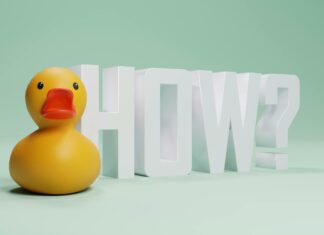Navigating Science Literacy: Strategies for Success in the Digital Age
Science literacy is a vital skill for students in today’s rapidly changing world. It enables them to critically evaluate information, understand scientific concepts, and make informed decisions. However, in the digital age, students and educators face the challenge of information overload from various sources. To help students navigate this landscape, it is essential to cultivate a mindset that promotes critical engagement and confidence in facing challenges.
Here are five strategies to help students enhance their science literacy skills in the digital age:
1. Evaluate Information with CRAAP:
The CRAAP strategy is a valuable tool for students to assess the credibility of information sources. By considering the Currency, Relevance, Authority, Accuracy, and Purpose of a source, students can determine its reliability and distinguish between credible and misleading information.
2. Utilize Fact-Checking Websites:
Encourage students to fact-check information using reputable websites like FactCheck.org and Snopes. These sites provide explanations on the veracity of claims and help students develop critical thinking skills in evaluating information.
3. Engage in Bias Bingo:
Bias Bingo is an interactive activity that encourages students to identify different types of bias in texts, advertisements, or media. By marking corresponding squares on a bingo card, students can enhance their critical thinking skills and recognize bias, improving their ability to evaluate information objectively.
4. Empower Students with Data Representation:
Allow students to choose how they represent data from investigations, fostering ownership of their learning. By sharing different representations and allowing students to provide feedback, educators can help students develop data representation skills and enhance their understanding of graphical data.
5. Use the Data Choice Chart:
The Data Choice Chart is a valuable resource that helps students determine the appropriate graph representation for their investigations. By following the flowchart and utilizing graphing tips, students can create effective data representations that accurately convey the results of their investigations.
Teaching science literacy to students is a challenging task that requires dedication, creativity, and perseverance. By implementing these strategies and staying informed about digital tools, educators can guide students towards success in navigating the complexities of the digital landscape. With a positive attitude and a commitment to curiosity and critical thinking, students can create a future where scientific inquiry thrives.
Author:
Cory Kavanagh is a Learning Specialist for Van Andel Institute for Education, a Michigan-based education nonprofit dedicated to fostering curiosity, creativity, and critical thinking in classrooms. For more information and resources on STEM learning, visit eSN’s STEM & STEAM hub.
If you have a valuable resource to share, please email submissions@eschoolmedia.com.













